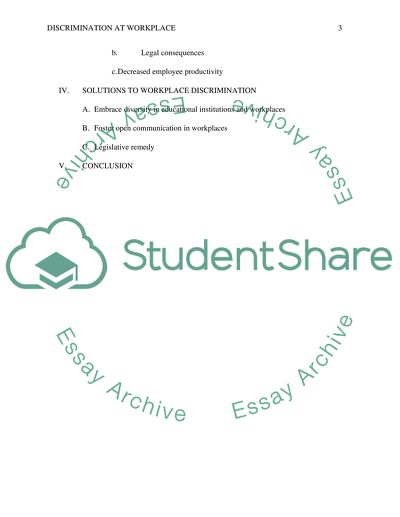Cite this document
(“Research project Essay Example | Topics and Well Written Essays - 3500 words - 1”, n.d.)
Retrieved from https://studentshare.org/english/1679791-research-project
Retrieved from https://studentshare.org/english/1679791-research-project
(Research Project Essay Example | Topics and Well Written Essays - 3500 Words - 1)
https://studentshare.org/english/1679791-research-project.
https://studentshare.org/english/1679791-research-project.
“Research Project Essay Example | Topics and Well Written Essays - 3500 Words - 1”, n.d. https://studentshare.org/english/1679791-research-project.


